Learn all that you need to know about compression molding and composite materials – the basics and the complexities. Discover what you need to know with materials, processes, applications and industry knowledge in this extensive 3500+ word guide.
Introduction to Compression Molding Technology
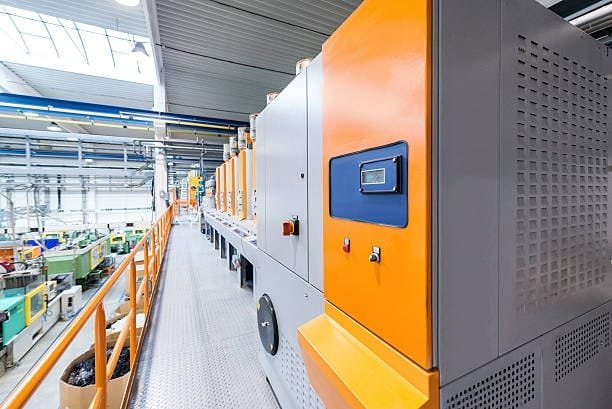
Compression molding is one of the most basic, and also most generic procurement techniques in the plastics. This is an old method that has since its origination advanced with leaps and bounds to be a fundamental process of current production in various industries. It is done by inserting a measured quantity of material into an unfilled hole and closing the mold by heat and pressure, which shapes the desired product.
Compression molding has a lot of importance since it goes beyond carrying out the fundamentals. It is an ideal mixture of affordability, quality and cost-efficient production. This form of manufacturing is used by the industries of vehicle and aerospace manufacture and others in the production of critical components to strict quality requirements at the same time ensuring economic benefits.
Fundamental Principles of Compression Molding

Purely physically, compression molding works using simple physical concepts. The injection technique is a process which starts by heating the mold to a certain temperature which is set before the mold reaches 300F-400F mostly depending on the material which is being injected into the mold. Raw material in form of pellets, powder or preforms are inserted in the bottom half of the mold cavity.
As the top half of the mold closing, tremendous pressure is exerted- which can usually be more than 1000 psi- and the hot material is forced to flow and fill the interior geometry of the mold. This heat and pressure begins cross-linking chemicals in thermosetting chemicals or melting and reprocessing in thermoplastics. This process takes a long time heavily dependant on thickness of parts, material used, and properties sought in the result.
Historical Development and Evolution
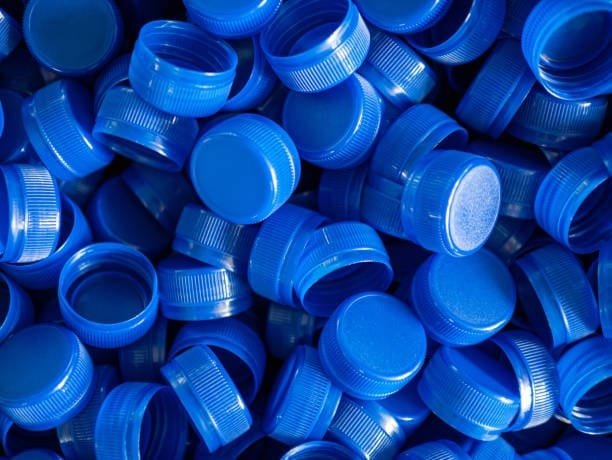
The origin of compression molding can be traced back in the earlier years of the 1900s when manufacturers realized the possibilities of pouring materials into a mold and pressing it. Original functionality The process was originally invented for processing natural rubber, bulk molding compound, and early synthetic polymers, though it was quickly advanced during the World War II, when lightweight durable components were in high demand.
The advancements after the world war saw key advancement to the design of molds, heating and also how the pressure was applied. The development of the hydraulic presses during the 1950s transformed the industry, which benefited from the newly increased ability to apply a consistent pressure and to control the cycle times. The modern compression molding technology also uses state-of-the-art computerized controls and materials technology combined with exacting engineering to realize revolutionary standards of exactness and effectiveness.
Types of Compression Molding Processes
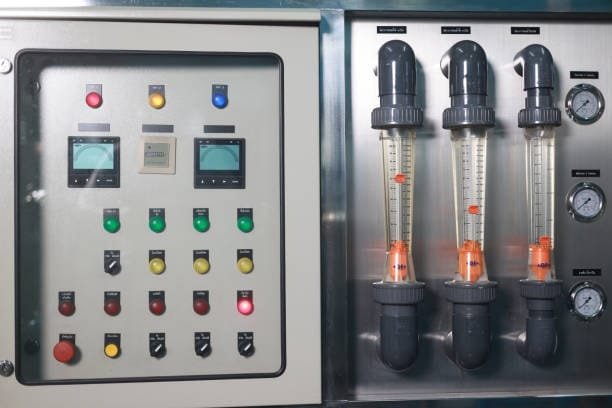
There are a number of different variations of compression molding which arise to meet certain manufacturing needs. The most popular method is traditional compression molding based on use of matched metal dies and simple application of pressure. This process is also very good in making parts that have a great finish surface and dimensional accuracy.
Transfer molding is a combination process which has features of both compression and injection molding. Here, the material is heated in a separate chamber then injected into the mold cavity making use of the pressure. The method produces excellent material dispersion and, especially, in complex geometries or in the insertion of metal inserts.
The resin transfer molding (RTM) has become a popular process when it comes to manufacturing composites, which are popular in aerospace and automotive applications. The manufacturing process implies putting the dry fiber reinforcement inside the mold and subsequently injecting the liquid resin under pressure. The end product is strong composite components made with great fiber-resin ratios.
Materials Used in Compression Molding
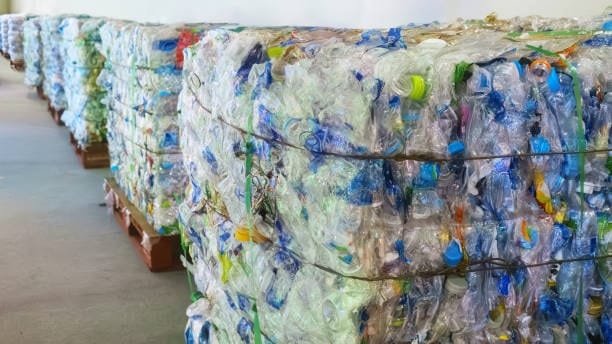
One of the reasons why compression molding is versatile is because of the number of materials, including high density polyethylene, that can be used. In this application, thermosetting plastic is largely used because it has the aforementioned properties. Phenolic resins are extra heat resistant with high dimensional stability and are widely used in electrical parts and automobiles.
Epoxy resins are better suited to work in aerospace and industry giving their superior performance with regard to mechanical properties and chemical resistance. Polyester resins have superb cost/performance ratio, especially when they are reinforced with fiberglass. Melamine formaldehyde resins have superior performance in the products that demand high surface hardness and availability to scratches.
Less frequent in compression molding is thermoplastic material that brings its own benefits in certain applications. These materials could be remelted and remodelled numerous times and there are potentials of possible recycling and reworking which thermosetting materials cannot compete.
Equipment and Machinery Requirements
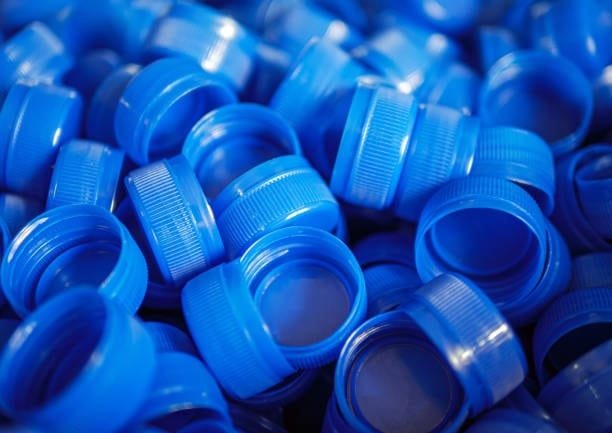
The key determination that determines successful compression molding processes is correct equipment selection and design. Most applications of compression molding rely on hydraulic presses to deliver the large forces needed to ensure a proper flow, as well as consolidation of material. Presses (Some of which are the size of a bench-top unit with 10-ton force and some of which are industrial level beyond 1000 tons).
Temperature is well distributed into the mold by heating systems within the molding process. The advantages of electric heating elements, steam heating, and hot oil circulation systems differ relying on the needs of the production. Accuracy of the temperature control—the part may require a temperature control accuracy 5 Degrees Fahrenheit, or less, to hold the quality of parts.
The most important part of equipment consideration perhaps is the mold design. Mold construction should pay attention to the material flow pattern, venting and thermal management. Tool steel molds of the best quality have the capacity to withstand hundreds of thousands of cycles and preserve dimensional accuracy and surface finish quality.
Mold Design Considerations
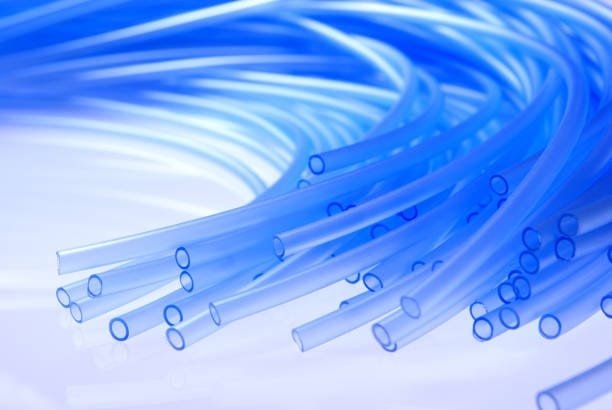
The design of molds needs to have adequate knowledge of behavior in materials, parts, and the production needs to be addressed effectively. The uniformity of wall thickness is significant to avoid the occurrences of defects like sink marks, warpage and insufficient filling. Walls samples generally should have consistent 20% thickness in order to have the same flow and curing behavior.
Draft angles speed the removal of parts and prolong the life mold by decreasing wear on the surfaces of the molds. The common angles of drafts are between 0.5 to 2 depending on the geometry of the parts and shrinkage properties of material. Heavy draws or intricate geometries might need favored draft angles to avoid destruction of parts during extracting.
Molding is performed by venting systems that avoid trapping of air and volatilization of the off-gassing. The flow channels are placed in a tactical fashion so that the gases become able to escape but the material flash is avoided. An adequate design of the venting enables proper greenhouse gas evacuation and materials retention in a quality and efficient manner.
Process Parameters and Control
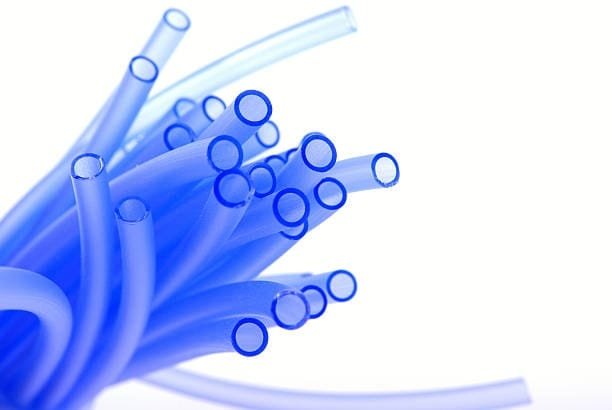
Achievement of consistently good results in compression molding needs a tight control of various process variables. The administration of temperatures includes heating of mold, preheating of materials where consequent. The molds have to be hot enough to provide the right flow of materials without causing degradation or unwanted prolongation of the cycles.
The profiles upon which pressure is applied are well-calculated bearing in mind the material properties, part shape, and the necessary chemical reaction. In the preliminary application of pressure, it is usually gentle to avoid air entrapment and then subsequently full pressure is applied so as to fill the mold completely. The time at which pressures are held is dependent on the rate at which materials are cured, and the thickness of a part.
The cycle times show a trade off between quality and efficiency of production. The cure time is too short and leads to weak sections with unstable dimensions and too long cure time exposes the waste of energy and productivity. In the modern process control systems, an automated optimisation of the cycle parameters is performed using the real-time monitoring.
Quality Control and Testing Methods

High levels of quality control programmes also guarantee the quality of compression moulded parts to fulfil the demanded specifications. The visual inspection detects defects on the surfaces, dimensional non-conformities, and inconsistencies in material. Automated vision systems are increasingly replacing manual inspection in order to increase the ability to detect and save labor charges.
Checking the geometry of parts against engineering specifications is completed using dimensional measurement techniques to measure the geometry of the part using coordinate measuring machines (CMM) or optical measurement systems. The methods used in statistical process control are applied in the detection of trends and can be used to avoid quality issues before it reaches the process of production.
Mechanical, thermal and chemical properties are proven in material property testing. Quantitative information defining part performance ability can be gained due to tensile testing, impact testing, and measurement of hardness. Components are subjected to temperature cycles, humidity, corrosive elements, and other elements in environmental testing to ensure long term survivability.
Common Defects and Troubleshooting

The key to effective compression molding activities involves the knowledge and prevention of general defects. Flash happens when the extra material escapes the mold cavity usually as a result of inadequate mold clamping pressure or mold surface that is worn out. The solution to flash concerns the analysis of the mold condition, the volume of material provided, and process parameters.
Incomplete filling becomes evident by empty spaces of the molded part or weak parts. Such a defect is normally caused by insufficiency of the volume of the material, poorly applied pressure or premature gelation of the material. They can be performed by corrective actions: material preheating, altered charge distribution, or altered cure cycle.
Warpage denotes dimensional distortion either by uneven shrinkage or by thermal stress. The contributing factors are uneven wall thickness, poor cooling or bad mold design. The preventive measures are improving the part geometry and process conditions to produce internal stress free.
Applications Across Industries

Automotive industry is one of the biggest users of compression molded automotive parts. As an example, their use includes applications that need high resistance to heat (such as under-hood allowances) to interior trim applications that need high surface finishes. An ideal automotive component that uses compression molding is the visible metal parts because of its fine surface finish and good dimensional stability.
The aerospace industry takes advantage of the fact that compressed molding can be used to create components which are strong and light. The process has the advantageous capability when it comes to the high fiber content of the composite parts which are useful in structural elements, interior panels parts as well as specialized components. Compression molding has a natural overlap supporting the quality requirements of the aerospace industry.
Compression molding is used in the manufacture of electrical and electronics products, particularly for electrical insulation in insulating parts, switch housings, connector bodies. Exceptional electrical qualities of many thermosetting products together with the dimensional stability of compression molding render this combination perfect to use in critical electrical applications.
Advantages of Compression Molding
There are a lot of benefits associated with compressions molding and they make it appealing to be used in a wide range of manufacturing processes. Among the key advantages, one should cite cost-effectiveness, especially when it comes to the medium to wide production runs. The comparatively non-demanding tooling needs and the easy process mechanics make the investment needed less significant than is required in the case of the more intricate molding procedures.
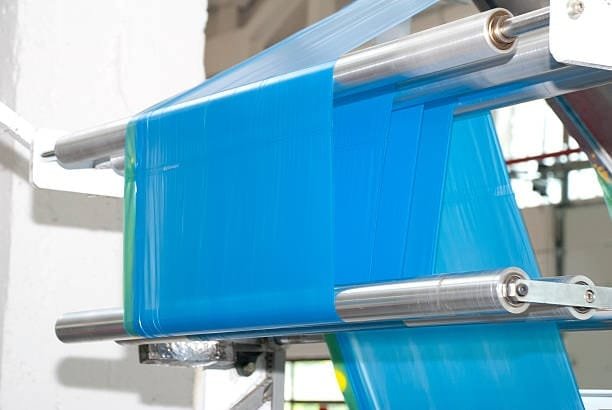
Another high benefit is material efficiency. Waste material produced during compression molding procedures is usually very little since there are cases where some of the extra material may be reused during other molding procedures. Such efficiency is of special significance when expensive material is being used or working under harsh environmental regulations.
The process is also the best when it comes to the production of parts that are having a premium surface finish and dimensional accuracy. There is full mold filling and most surface flaws that occur in most form of moulding are avoided by the high pressure application. This ability ensures that compression molding becomes the remedy to problems that demand a superior appearance or close tolerance.
Limitations and Challenges
In spite of all the benefits that it comes with, compression molding has some limitations that one must take into account during process selection. The cycle times tend to be longer, especially in thick-walled parts that have long cure times, when compared to injection molding. Such restriction may affect productivity where the cycle time is vital in high-volume applications.
There is some limitation to design flexibility as opposed to injection molding. Compression molding may not be able to mold complex geometries that have deep draws, thin walls, or any complex feature. The shape of parts should be taken into consideration of material flow properties and limitations on mold opening.
The degree of automation is also restricted in comparison with injection molding processes. Due to the precision that material placement and mold loading entail, the manual manipulation may be necessary; raising the cost of labor and possibility of error on the part of the operator. Nevertheless, the recent improvement in the field of robotics and automation is starting to overcome those drawbacks.
Environmental Considerations
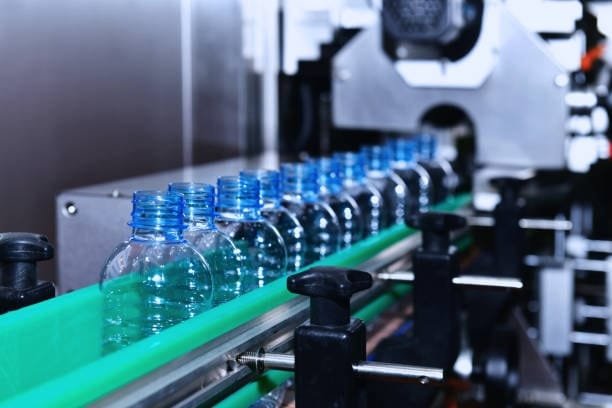
Contemporary compression molding processes have to support environmental issues associated with emissions, generation of waste and the use of energy. Thermosetting-materials emissions may be volatile organic substances (VOCs), which need to be ventilated and maybe steam controlled, unlike other molding techniques . Regulations on safety in work places requires monitoring of exposure and the protective equipments to be worn by operators.
Whelp minimization strategies are aimed at increased synthesis of material and creation of programs of recycling on scrap materials. Although thermosetting materials can never be remelted such as the thermoplastics, make-up it is possible that they could be ground up and used as fillers in other operations. Other manufacturers have now come up with closed-loop systems with minimal wastes produced in the process.
Energy efficiency interventions are focused on the modern heating systems, better insulation and the optimisation of the cycle parameters. New models of presses are fitted with energy recovery devices and variable-speed drive that ensure power saving during operation.
Advanced Techniques and Innovations
There have been new developments in the field of technology that has increased the scope of compression molding. Microwave heating systems benefit with fast and uniform heating which is able to decrease the time in the cycle and enhance the quality of the parts. This is also a good technology with parts that have thick walls and which in the past have had very long cure cycles.
The process of insert molding enables metal components to be inserted into the mold itself making hybrid parts that have a better functionality. Insert design and location are paramount because they need to avoid stress concentration and give characterized, dependable bonding among materials.
Multi-material molding allows fabrication of an item that bears a different property in a particular area. The method has the ability to produce component pieces capable of having rigid structural zones as well as elastic sealing layers in a unit molding operation.
Future Trends and Developments
Technological development and variations in the demand change of the industry have ensured that the compression molding industry keeps growing. The industry 4.0 concepts are being implemented to the process of molding, offering capabilities to have real-time monitoring of the process and predictive maintenance of equipment. Data analytics and smart sensors assist to optimize the accuracy of the parameters of the process and avoid quality issues even before they arise.
Re-used and bio-based materials are becoming acceptable due to desire to augment environmental issues in material choices. With new resin definitions, contractors may gain the same performance as traditional materials, with more positive sustainability ratings.
Additive manufacturing is already starting to have an influence in the manufacturing of molds especially rapid prototyping and manufacture of complex cooling channels. 3D printed molds allow the designer to design faster and have features that are impossible to have with conventional machining.
Cost Analysis and Economic Factors
To understand economics of compression molding, one has to do an analysis on the initial investment and the running costs. The most prominent upfront cost often entails tooling costs especially where the part to be made is complicated and needs intricate mold. Compression molds are however cheaper than injection molds because of their simple construction and they do not require high pressure.
The price of materials are highly dependent on the kind of resin used, the level of filler and the performance needed. Performance materials are usually expensive but could be worth the expense due to improved part performance or lower cost of processing. In cost-sensitive use, the minimization of material waste will have a direct effect on profitability.
The cost of labor largely relies on the extent of automation and the outputs of production. Manual processing involves highly skilled workers and can be flexible to low volume or prototype product. Automated systems minimize the labour input but need greater expenditure at the beginning and can not be flexible in making product changes.
Safety Considerations and Best Practices
Compression molding is a process in which safety risks are high and there should be extensive safety programs. Molds used at high temperatures and heated materials, pose a risk of burns that require proper personal protective equipments and training protocols. Safe maintenance Fluid power systems Lockout/ tag out should be in use when working on hydraulic presses.
The risk of chemical exposure depends on type of the materials and the processing conditions. Vaporization may liberate hazardous vapours when working with thermosetting materials and ventilation and breathing protection should be adequate. Material safety data sheets are important as they will help in establishing the right safety procedures.
More considerations are given to ergonomics when the processes involved in the operation involve manual material handling or removal of parts. Prevention of repetitive stress injuries and other workplace injuries are achieved by using proper lifting techniques, mechanical assist devices and designing work stations.
Integration with Supply Chain Management
The best way to make the compression molding job work is to ensure that this job completely integrates with the larger supply chain activity. Purchasing policies should consider cost balance, quality and supply as well as lead time and minimum order quantities. Supplier qualification programs are important to maintain quality and reliability of material and performance of delivery.
The systems of inventory management optimize the storage of material and ensure that time sensitive material cannot degrade. Thermosetting materials have short shelf and life and must be stored under controlled conditions to remain processable.
The inbound materials and the finished part distribution are two aspects of logistics consideration. Effective material handling mechanisms provide cheap labor and prevent damages during storage and transports.
About GWT Worldwide
GWT Worldwide Shenzhen Guanwutong International Freight Forwarding Co. Ltd is a specializing international freight forwarding service provider that is based professionally in logistics providing global freight services as well as other services related to business supply chains and cross-border e-commerce logistics. Having the experience in air freight and sea freight, China-Europe railway transportation, international express, customs clearance, warehousing, and Amazon FBA shipping support, GWT Worldwide provides efficient, transparent and reliable logistics services to businesses involved in international trade, as well as to businesses in the compression molding sector who might need flexible international supply chain management.
Comparison with Other Molding Processes
Compression molding has a place of its own in the circle of plastic manufacturing processes, since it has its own advantages and limitations unlike the relation to alternatives. Injection molding allows the quicker cycle times and greater automation potential, but does have a greater initial tooling cost and the fiber orientation cannot be controlled to the same degree in composite applications.
Blow molding is more effective in making hollow parts and is not poorly equipped, where complex shapes are desired, to apply compression molding to produce solid parts. Thermoforming has cheaper tooling and is restricted to thin walled parts and only offers a fraction of the mechanical properties obtainable using compression molding.
Rotational molding has high design freedom of large, hollowed pieces and is unable to achieve dimensional precision or a smooth surface finish that is possible in compression molding. Every process has its best uses depending on the parts needs, production quantity and financial factors.
Training and Skill Development
The operation of compression molding requires professionals well versed on the principle but also on the practical sense. Training programs of operators should include the topics of process fundamentals, how to use compression molding machines, quality control procedures, and safety measures sheet molding compound. The common sense acquired through on-the-job learning with guidance assists in realizing solutions in troubleshooting and optimization.
Technical officers need to have more knowledge on materials science, mold engineering, and process engineering heated mold. Continuing education keeps the staff up to date when it comes to changes in technologies and industry best practices. Competency measures can be given through professional certifications and may increase the chances of career advancement compression molded products.
Cross-training schemes offer flexibility to operations and maintenance of continuity when new staff is involved. The sharing of knowledge, and consistency between shifts, and between operators is promoted by documentation of procedures and other best practices appropriate heating technique.
Global Market Trends and Opportunities
Compression molding market remains to grow and increase due to the increasing demand of automotive industry, aerospace industry and the electronics industries. The developing markets have huge potential in terms of growth where the manufacturing capacity is growing and there are more people in demand excess material.
There are new regulatory issues that impact the selection of the material and the environment, and this presents both challenges and opportunities to the compression molding operation polymer resin. Those firms interested in responding proactively to these changes will be able to achieve competitive gains by means of enhanced processes and products phenolic molding compound.
Advent of technology in materials, equipment and process control offers or opens up prospects to an efficiency and a widened range of application. Firms which are investing in such technologies are preparing a long-term competitive advantage in changing markets.
Research and Development Initiatives
The current research is seeking to enhance compression molding capacity by using refined materials, adaptation of better processing techniques as well as automation bulk molding compound bmc. Through the collaboration of industry and university, new technologies and applications are developed faster molding material.
The material development activities aim at better performance, environmental concern, and destination of the cost. New formulations of resins offer improved properties in the form of processability and economic feasibility heated mold cavity.
Process modeling and simulation allow the optimization of the intricate parts and the intricate processes without a lot of experimentation with experiments heated cavity. The tools also cut development times and expenses and enhance the level of success in the initial attempts at applying applications closed mold.
Conclusion
Compression molding is still an important manufacturing process that keeps developing to suit producing industries. When used in various applications its cost-effectiveness, their quality ability as well as material versatility makes it remain relevant cooling process. Compression molding needs thorough knowledge in materials, process, machinery and quality control curing process. Firms that invest in appropriate training, equipments and process development will discover that compression molding presents great opportunity of making profits out of their manufacturing activities. New technologies and materials are opening up new possibilities and applications of compression molding even as environmental concerns are pushing innovation in the way more sustainable approaches are taken thermoset plastics.

